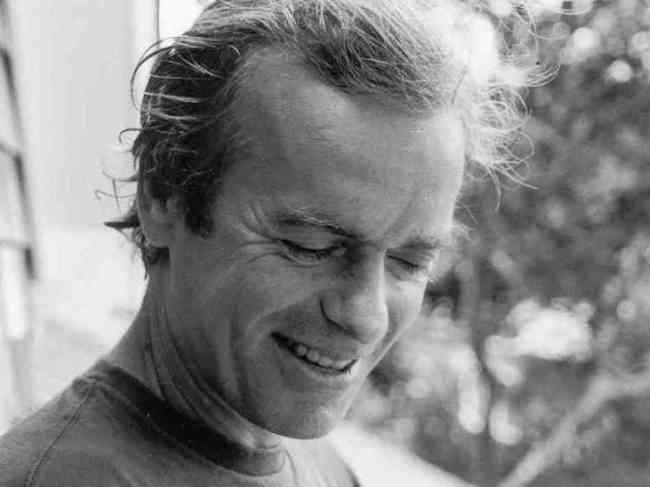
My film version of The Rachel Papers would be a British version of a John Hughes film; a coming of age, teen comedy. I am thinking some combination of Igby Goes Down and The Girl Next Door. The film would be set in the late eighties, an interesting time during the British music scene, adding to character of the film. The film would ultimately feel youthful, free, yet intensely reflective.
The film would develop two distinct patterns set to music; contemplative and extroverted. I would focus on Charles Highway’s existential development by showing him on the train, perhaps with a pensive song playing or by filming him walking through London with long, panning shots. Furthermore, I would feature scenes of London nightlife, an atmosphere essential to the novel. The characters would reflect the clothes of the eighties and the social class of the novel, very brat-packish. In terms of the soundtrack, it would feature mostly eighties songs, with a couple of sixties songs to emphasize youthful rebellion.
1. I Want Your Sex – George Michael
This song is a frank, honest expression of sexual longing and desire. George Michael’s lyrics almost echo Charles Highway’s own opinion. Michael singing, “sex is best when it’s one on one” is very similar to “I grant you, must see it largely as a matter of obligation, too: but obligation to the partner, not to oneself, like us” (Amis 18). Sex is primarily a matter of self-satisfaction. Just like Charles, George Michael tells his audience honestly what he wants.
2. Forever Young – Alphaville
This song reflects Charles’ feelings about youth and encapsulating a moment in his youth. Charles knows his youth is over but wishes for it to last forever. The song is contemplative like Charles in some moments of his self- assessment. The overall tone of the song is lighthearted and youthful, indicative of eighties teen pop. This song reflects one of the biggest themes of The Rachel Papers
3. Head Over Heels – Tears For Fears
This song reflects The Rachel Papers both thematically and structurally. The lyrics are written as a kind of analysis of a girl, just like the novel. In addition, the mood of the song is dreamlike, the opening feels poised yet highly expressive; I imagine Charles and Rachel walking together to this song. The song also speaks the emotional side of longing, verging obsession. Ultimately this song reminds me of a calculated crush on a girl, much like Charles has cultivated for Rachel.
4. This Charming Man – The Smiths
This song represents The Rachel Papers syntactically as well as thematically. This song focuses on self-analysis of the sharpest kind. The lyrics are witty and full of British jargon that is reminiscent of Amis’ writing. The song takes us through an evening of getting ready to go out, just as the novel does. Overall, This Charming Man is meant to be an ironic title, which would also fit Charles Highway.
5. I Touch Myself – The Divinyls
This song reflects the honest long of some for another person, yet focused on self-satisfaction; which like Charles says, is the best kind. Both the sound of the song and the lyrics reflect Charles’ mental state. He is obsessed with sex; the song repeats the same lyrics over and over again, creating the image of obsession or at least, dedication. Charles thinks much in the same way that the singer does, focusing on herself, using the other person. This view of sex is almost identical to Charles’.
6. There is a Light That Never Goes Out – The Smiths
This is reflects the prose style of Amis and a youthful night out on the town. The singer is commiserating about his desire to be young and in love. The message of the song is to savor youth while you are young because it is fleeting. This is also a theme of The Rachel Papers, being open to the world around you, soaking in the social life as a means of contemplating society.
7. Friday: I’m in Love – The Cure
This song reflects the theme and structure of The Rachel Papers. The song recounts a week of time during a relationship. The novel recounts a night in a relationship. The episodic structure allows the listener/reader to directly follow the thoughts of the singer/writer. Overall this song creates a realistic portrayal of the modern relationship, something Amis also does in a way.
8. Time of the Season – The Zombies
This song reflects the spirit of The Rachel Papers. The song represents freedom, love, and taking advantage of youth. This song is about celebrating each other through sex. This aspect particularly connects to Charles and his views. But for Charles, it also represents celebrating himself, which seemingly is his ultimate goal.
9. Leaves That Are Green – Simon & Garfunkel
This song represents the fading relationship of Charles and Rachel and youth in general. Just like the song says, the youth that Charles enjoys now will wither away. This song also contains allusions to a “poem I want to write” making a connection to writing at form of self – expression. This is significant because Charles plans on becoming a writer, his final words are “I refilled my pen.” Again, pointing to the significance of writing.
10. Happy Birthday – New Kids On The Block
This version of the birthday classic is especially pertinent to the novel because the novel takes place on Charles birthday and it is from the eighties (it is also hilarious). The novel revolves around the twentieth birthday of Charles Highway, celebrating his self- proclaimed departure from youth. Charles also plots the seduction of a young lady named Rachel on this very night, a type of birthday present. Overall, this song sums up the literal setting of the novel.
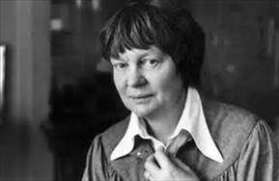





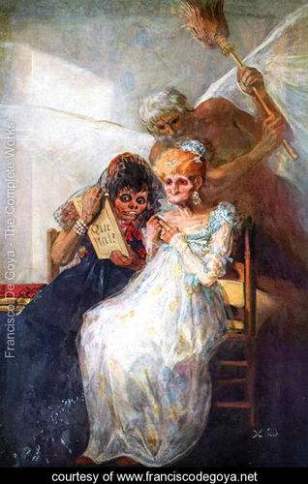
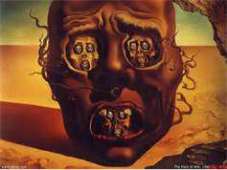










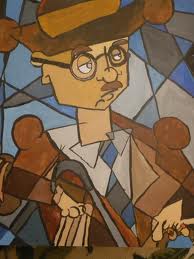

Recent Comments